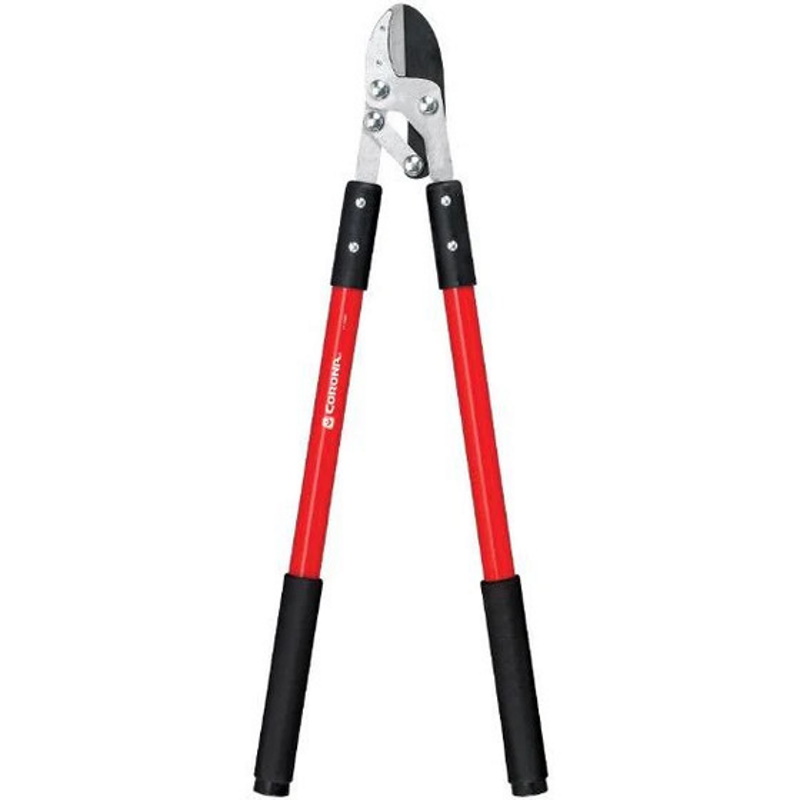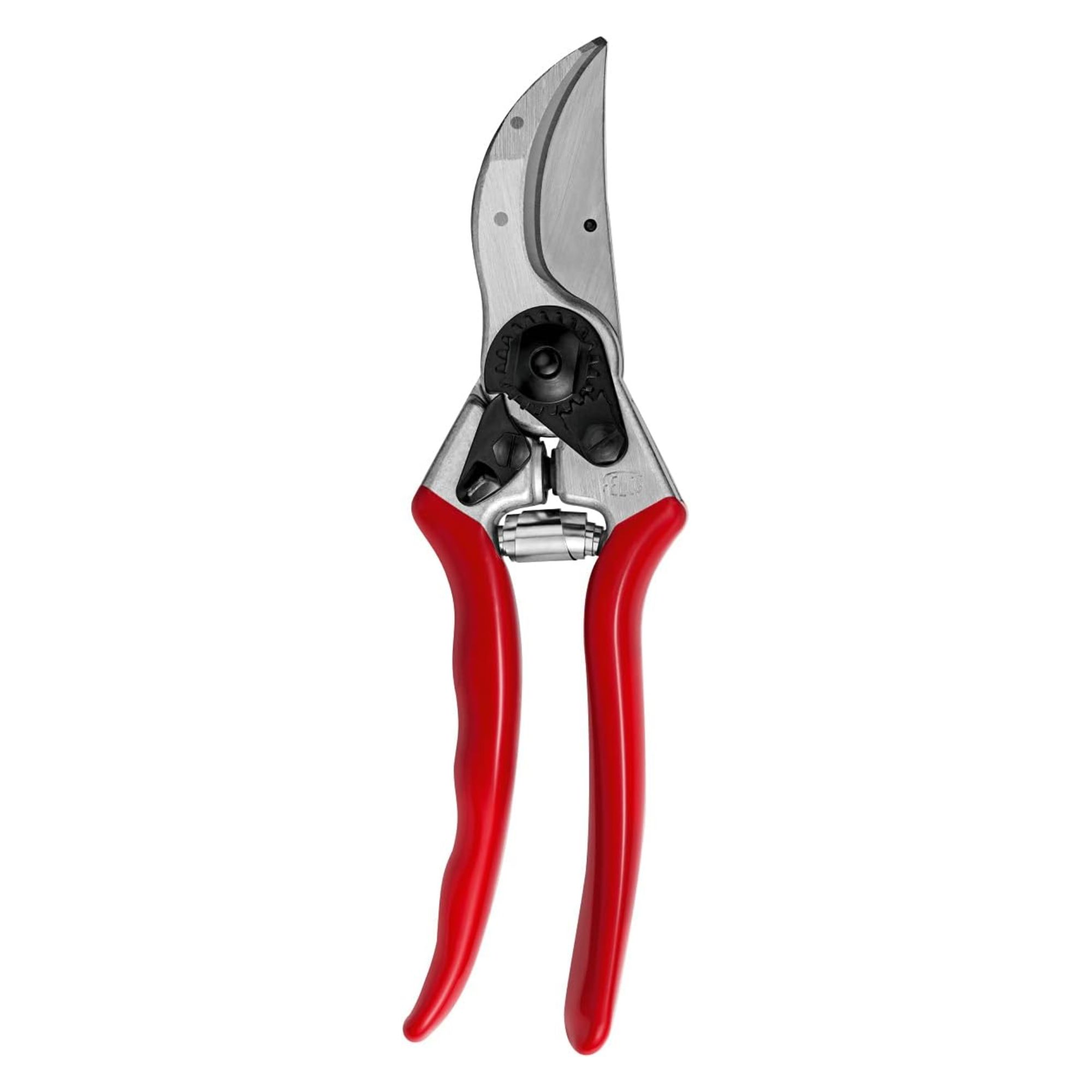How to coppice trees and shrubs – and the 5 species that will benefit from this historical and super simple pruning technique
Coppicing has aesthetic and practical benefits in a garden
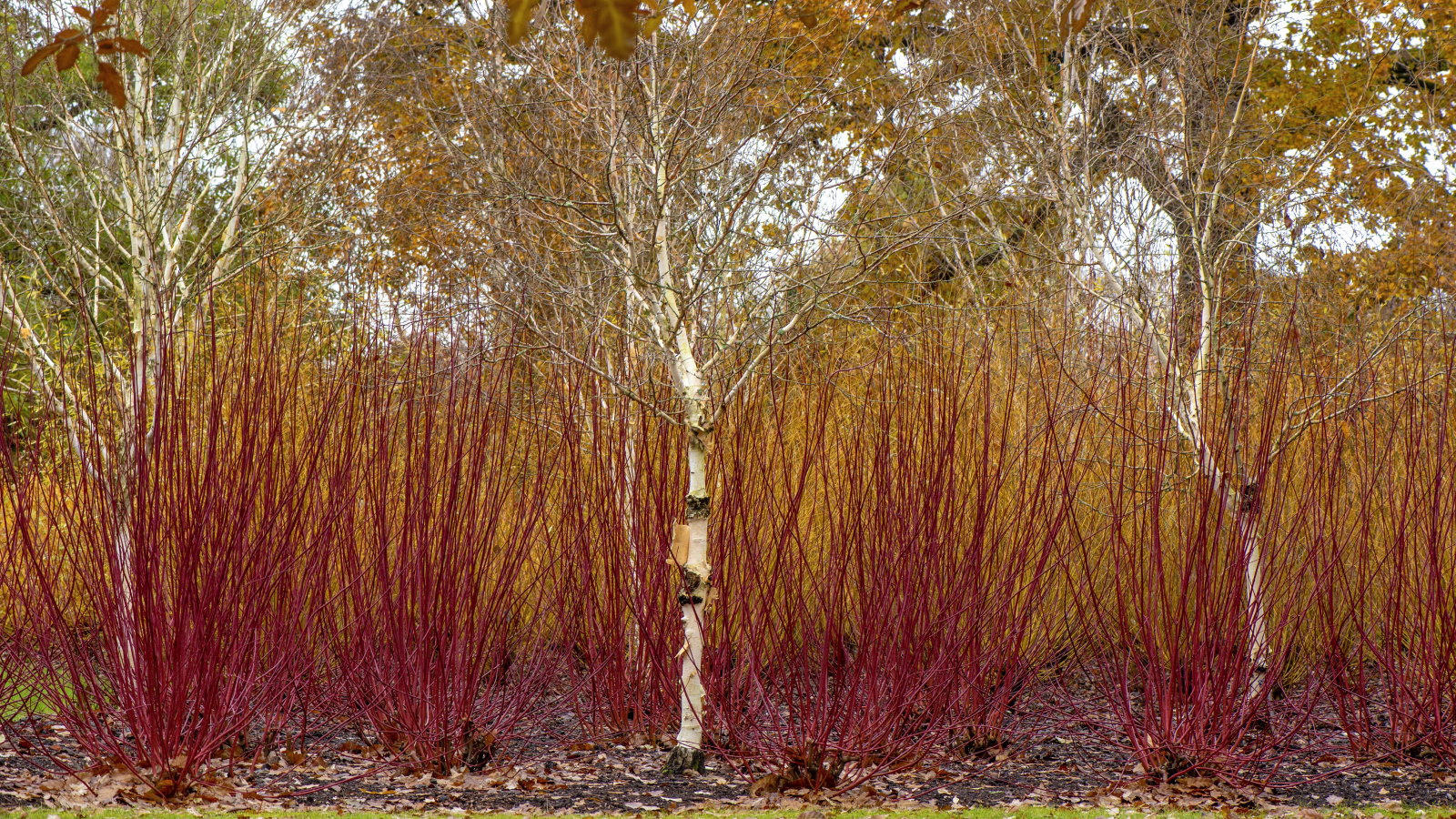
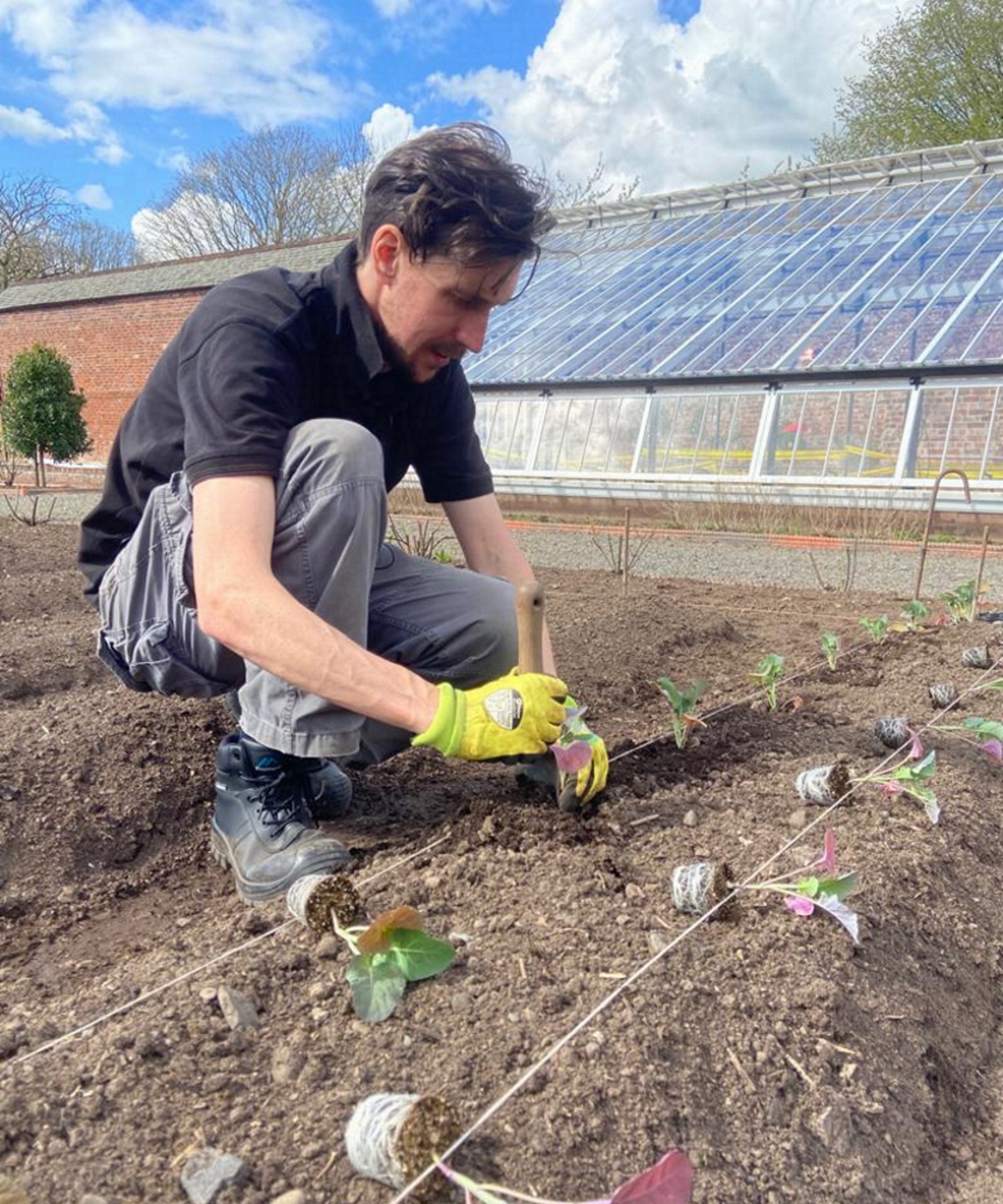
Coppicing may seem, on paper, a somewhat brutal pruning technique as trees or shrubs are cut back to the ground. However, it is a historic and beneficial method of managing plants that comes with decorative and practical benefits.
It is a way to get vivid colorful stems for winter displays, a source of stems to build supports, or to control larger trees and keep them suitable for a small garden. With so many potential reasons to coppice, it can be done in gardens of any size.
The good news is that coppicing is not a difficult way to prune. This guide looks at the benefits, along with when and how to prune tree branches if you want to coppice in your yard. Plus, we reveal five of the best trees and why they are so good for coppicing.
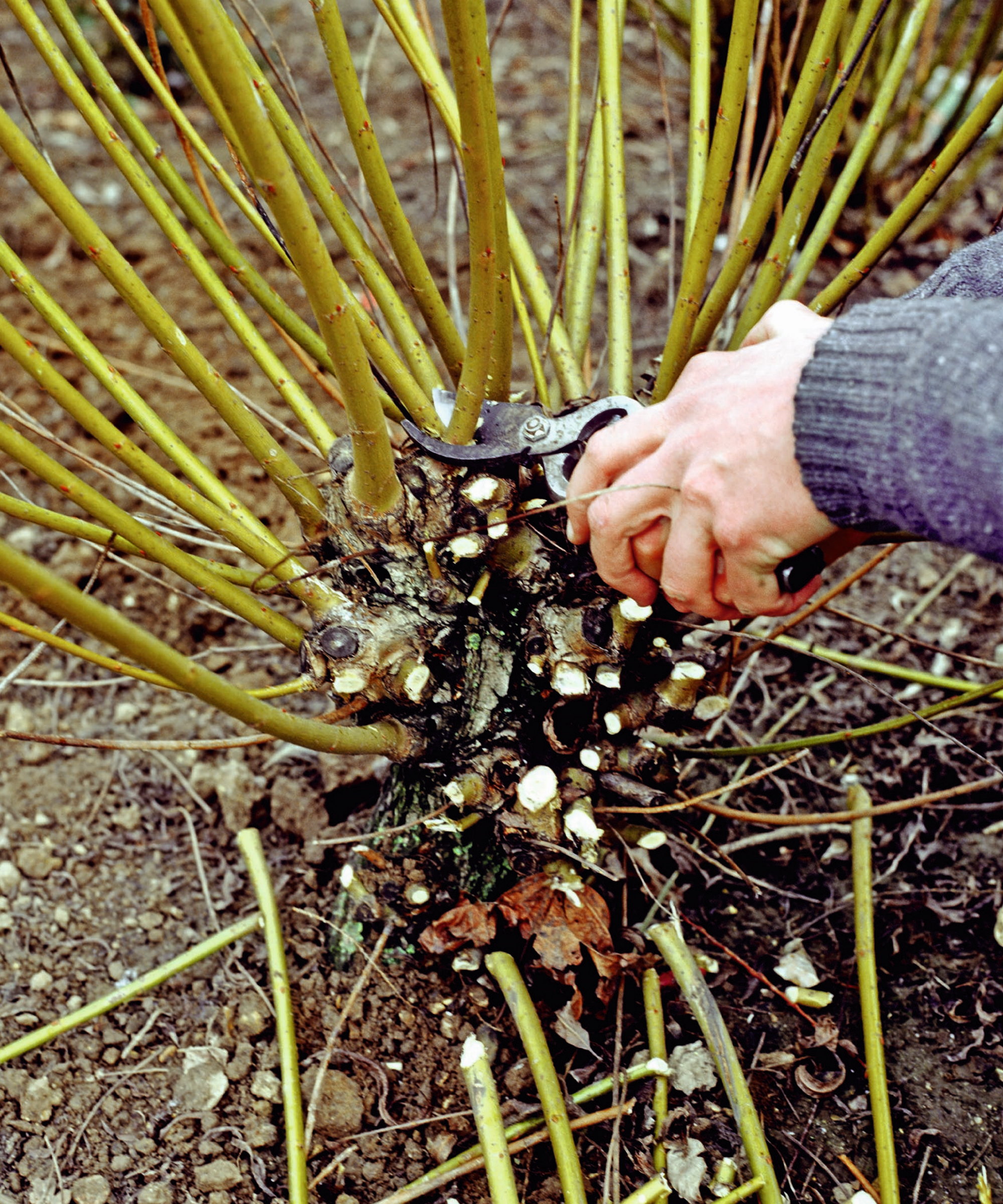
All about coppicing
Coppicing and pollarding are pruning techniques often mistaken for each other or thought to mean the same thing.
While coppicing means cutting trees or shrubs down to ground level, pollarding is cutting stems back to a desired height annually. This guide focuses on the technique of coppicing and how it can be helpful in a garden.
What is coppicing?

Coppicing is pruning suitable trees or shrubs back to the ground. Historically, coppicing was a traditional woodland management technique, but it can be used beneficially in a garden.
Cutting stems down to the ground encourages the plants to respond through the growth of vigorous new stems. These new branches can be more vibrant in color or have larger leaves than older ones.
It can also encourage trees to grow as multi-stemmed shrubs rather than having single stems, making them fantastic for screening or allowing larger trees to fit into smaller gardens.
The technique proves useful for more than just aesthetic purposes. Coppicing is often used to get lots of stems for firewood, while it is also popular for harvesting stems to use as supports in flower beds or vegetable gardens.
How to coppice trees
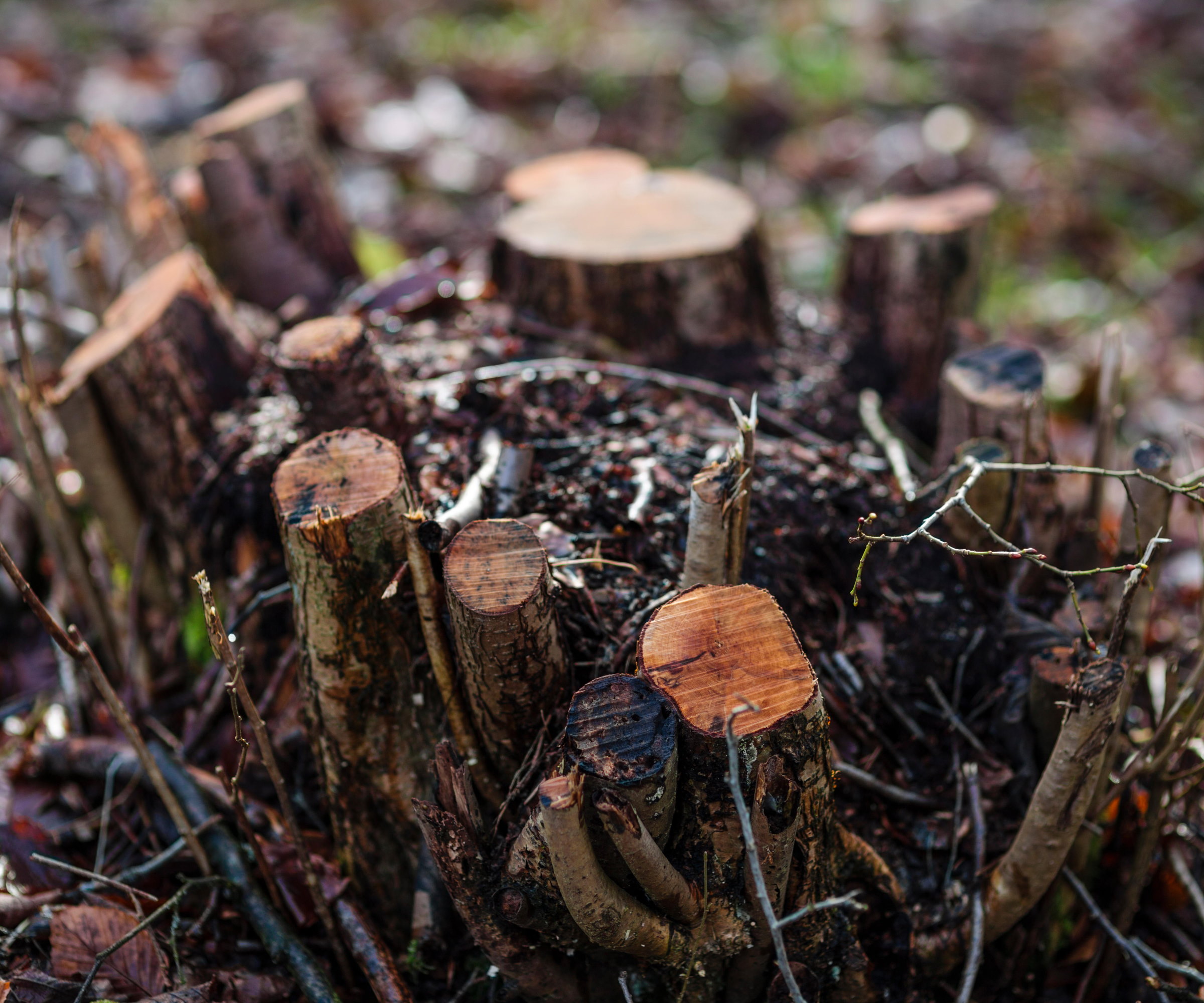
Knowing when to prune trees is key to coppicing correctly. The correct time to coppice comes in late winter or early spring, when the tree or shrub is dormant and just set to start actively growing again.
Pruning tools for coppicing are pruning shears, garden loppers, or a pruning saw - the correct tool will depend on the size of the stems, and all cutting must be clean and sharp. Cut all the stems back to two to three inches from the ground or just above stubs left from a previous year’s coppicing.
Any tree or shrub must establish for at least three years before being coppiced. Going forward, plants coppiced for colorful winter stems are cut annually, while those grown and coppiced for poles should be cut every 5-8 years.
The 5 best trees for coppicing
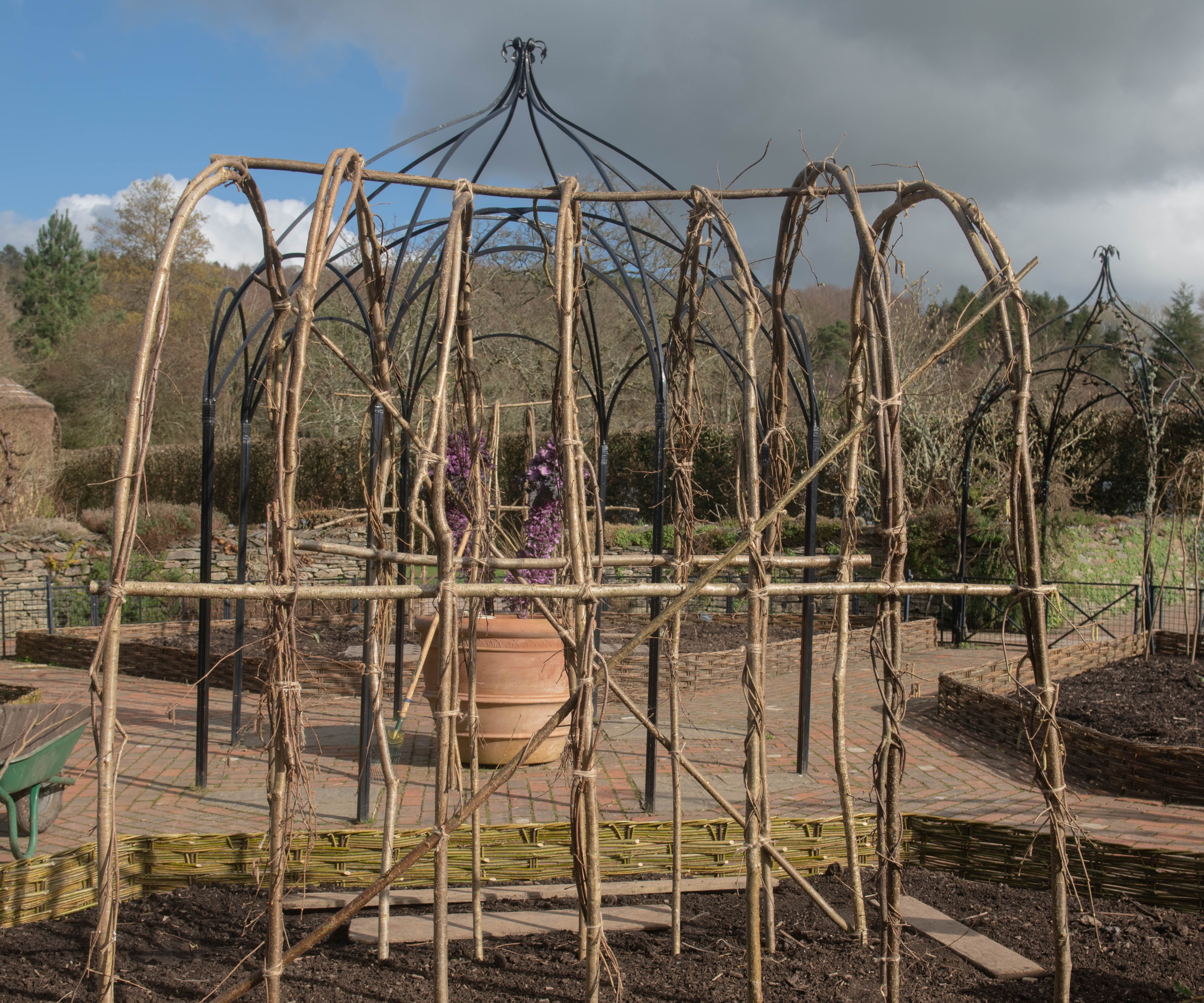
- Eucalyptus - Eucalyptus trees can grow incredibly large if left to it. Coppicing is a way to grow eucalyptus in smaller gardens and pruning eucalyptus in his manner not only controls the size, but the newer foliage is smaller and very popular with florists.
- Hazel - Coppicing encourages hazel to grow long and straight stems, allowing gardeners to get the materials to build hazel plant supports. These supports are ideal for building a vegetable garden trellis for climbing plants or to use in flower beds to grow sweet peas or other climbers.
- Willow - Willow grows vibrant young stems by being coppiced annually, which, depending on the variety, can be brightly-colored and make a dramatic display in any winter garden. The flexible stems are also very popular for weaving.
- Dogwood - When you grow dogwoods, coppicing them is a way to get vibrant, colorful winter stems. The best winter color comes from young stems, which can come in shades of red, orange, or yellow, depending on the variety. Prune dogwood trees in this way once they are mature and cut stems back to the ground in early spring so you can enjoy their display for as long as possible.
- Cercis - Cercis siliquastrum, or the Judas tree, is a slow-growing tree with beautiful spring blossoms and pink flowers. It is also loved for its heart-shaped leaves, and coppicing will cause these unique and gorgeous leaves to be larger. Other trees that will grow larger leaves through coppicing include catalpa and paulownia.
Shop tools for coppicing
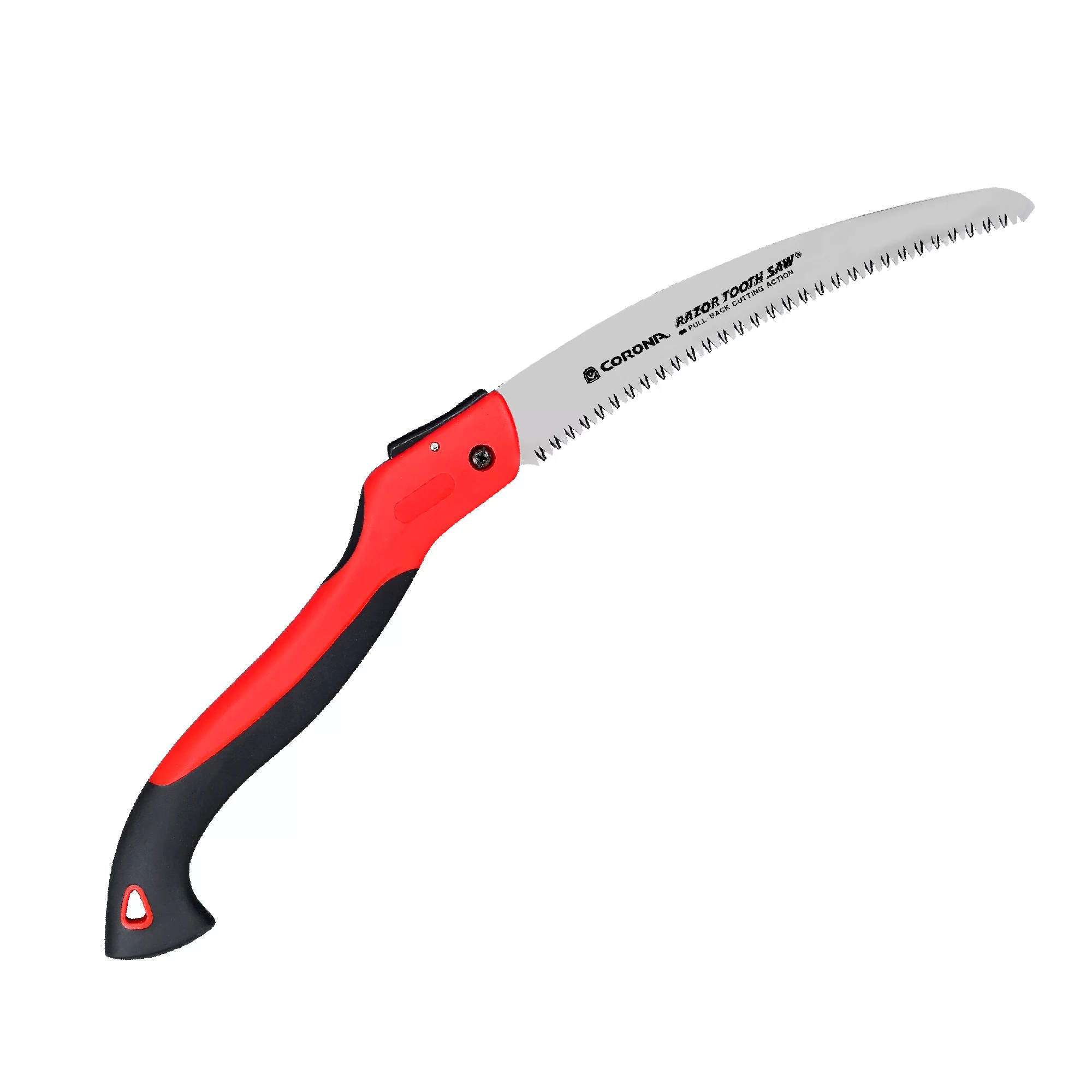
A seven-inch folding pruning saw that is ideal for coppicing stems up to three inches in diameter. The RazorTOOTH technology gives you more cutting power.
FAQs
What are the disadvantages of coppicing?
There are some drawbacks to coppicing in a backyard. Immediately post-pruning, the tree or shrub does not have a desirable aesthetic, and there is a period where it looks bare and like a set of stumps. Any severe pruning will also always stress a tree and leave it more susceptible to pests and disease, plus removing stems reduces the potential habitat if you like to have a wildlife-friendly garden.
How many times can you coppice a tree?
There is no limit to how many times you feasibly coppice a tree; however, how often you do coppice will depend on the type and the reason for coppicing. Watering and then mulching around trees after coppicing can enrich the soil, retain moisture, and prevent weeds, which can help the tree respond to trimming healthily.
Keeping garden tools clean and sharp, especially those you prune with, is important for plant health and for efficient trimming. Clean and sharp pruning shears, loppers, or pruning saws will be easier to use and make cleaner cuts that are easier to heal.
It can be simple to sharpen pruning shears with a file or sharpening stone - or you can use a pocket-sized blade sharpener like this on Amazon to keep tools sharp while out in the garden. While you can sharpen a pruning saw, it is more labor-intensive as you need to sharpen each tooth.
Sign up to the Homes & Gardens newsletter
Design expertise in your inbox – from inspiring decorating ideas and beautiful celebrity homes to practical gardening advice and shopping round-ups.

Drew’s passion for gardening started with growing vegetables and salad in raised beds in a small urban terrace garden. He has worked as a professional gardener in historic gardens and specialises in growing vegetables, fruit, herbs, and cut flowers as a kitchen gardener. That passion for growing extends to being an allotmenteer, garden blogger, and producing how-to gardening guides for websites. Drew was shortlisted for the New Talent of the Year award at the 2023 Garden Media Guild Awards.
You must confirm your public display name before commenting
Please logout and then login again, you will then be prompted to enter your display name.
-
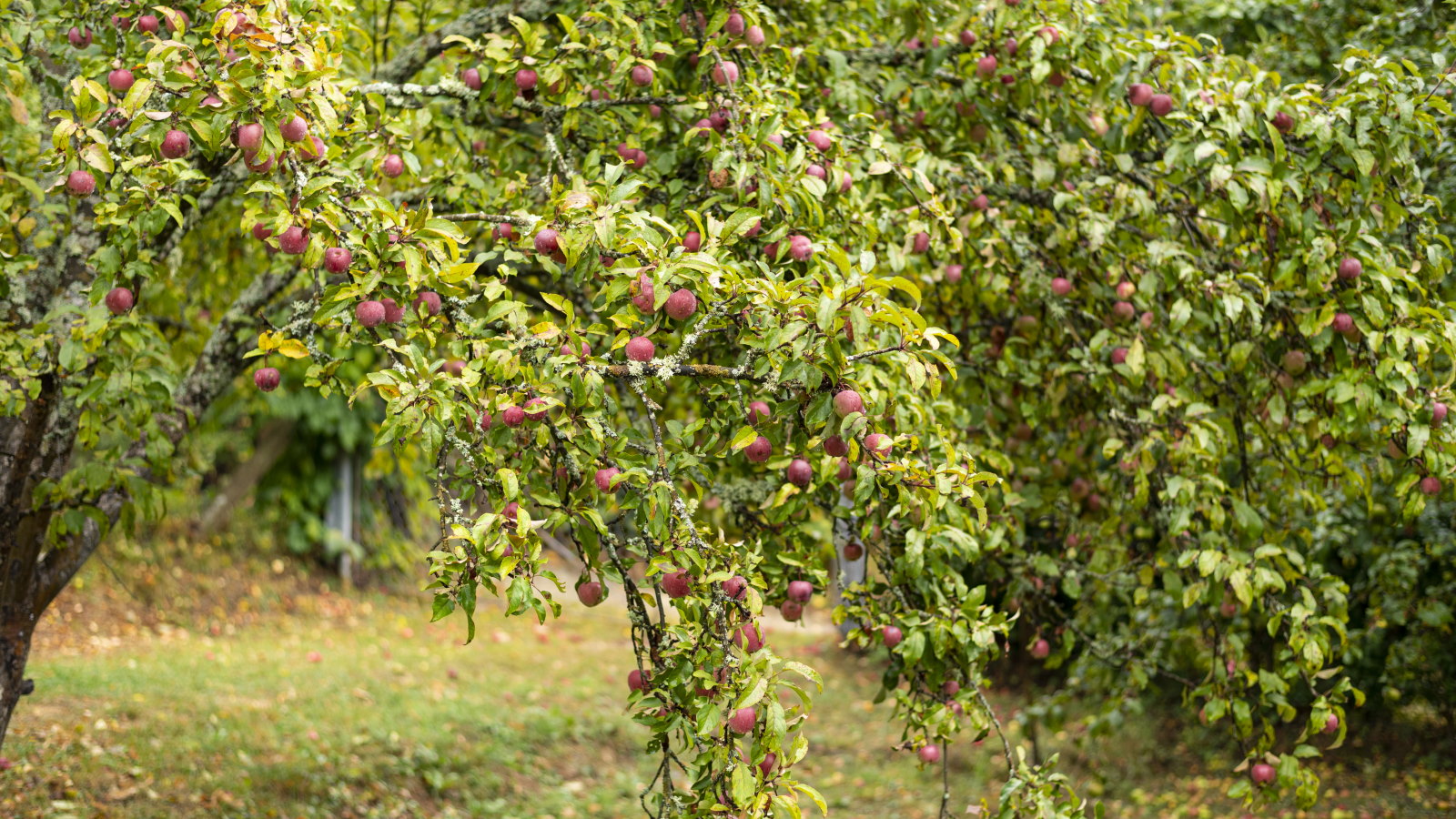 Plants never to grow next to fruit trees
Plants never to grow next to fruit treesExpert advice on which plants to keep away from fruit trees to encourage a healthy harvest
By Jacky Parker Published
-
 Martha Stewart's tips for arranging daffodils are unbelievably simple and effective – it's the only flower advice you need this springtime
Martha Stewart's tips for arranging daffodils are unbelievably simple and effective – it's the only flower advice you need this springtimeMartha shows us that we can create gorgeous bouquets of this seasonal flower by simply trimming the stems and placing them in specific vases
By Hannah Ziegler Published
-
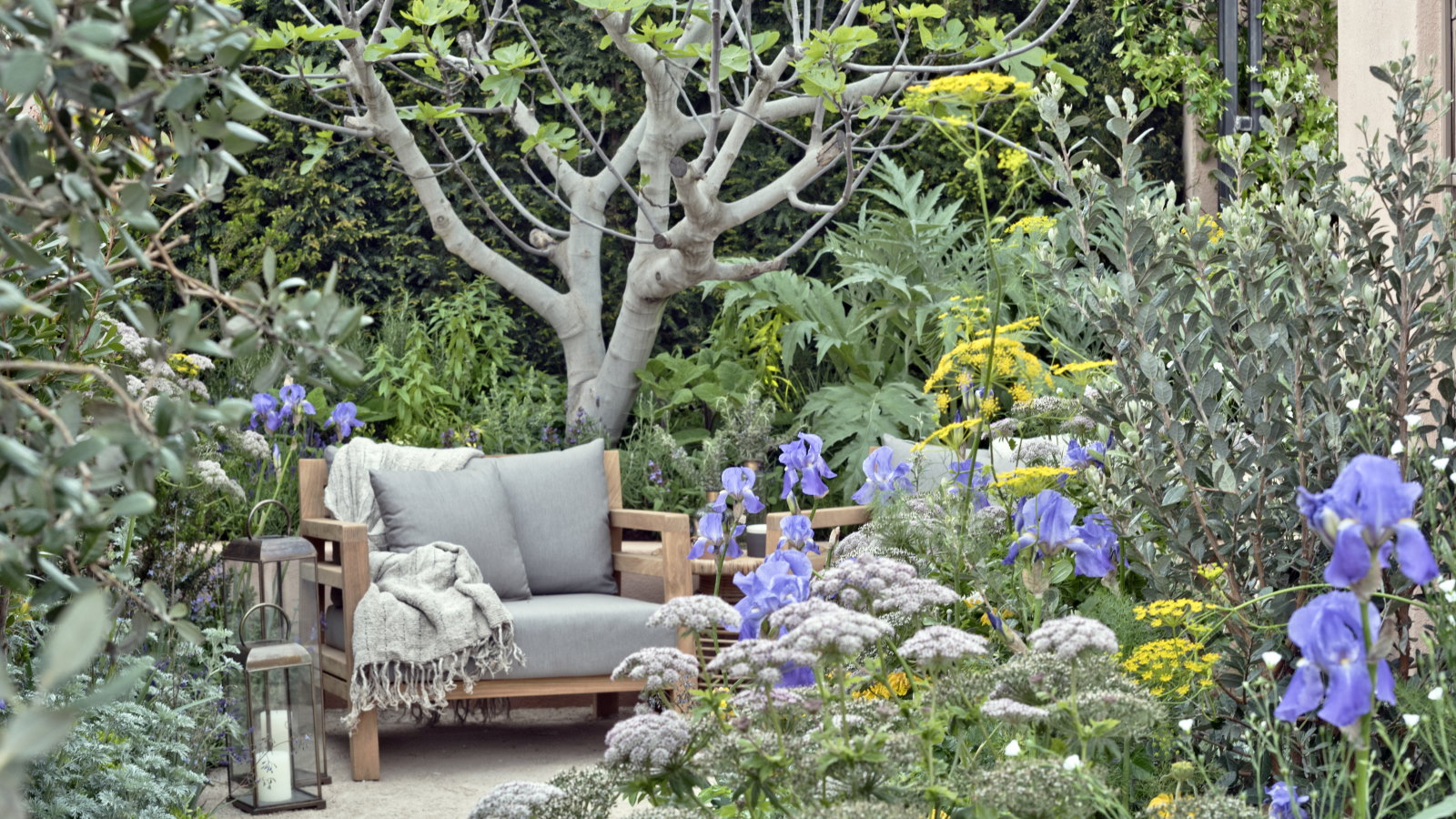 Horticulturists urge you to prune these 7 plants in April – for healthy growth and better-than-ever flowering displays
Horticulturists urge you to prune these 7 plants in April – for healthy growth and better-than-ever flowering displaysDiscover a key selection of plants to cut back this month, with expert pruning advice
By Drew Swainston Published
-
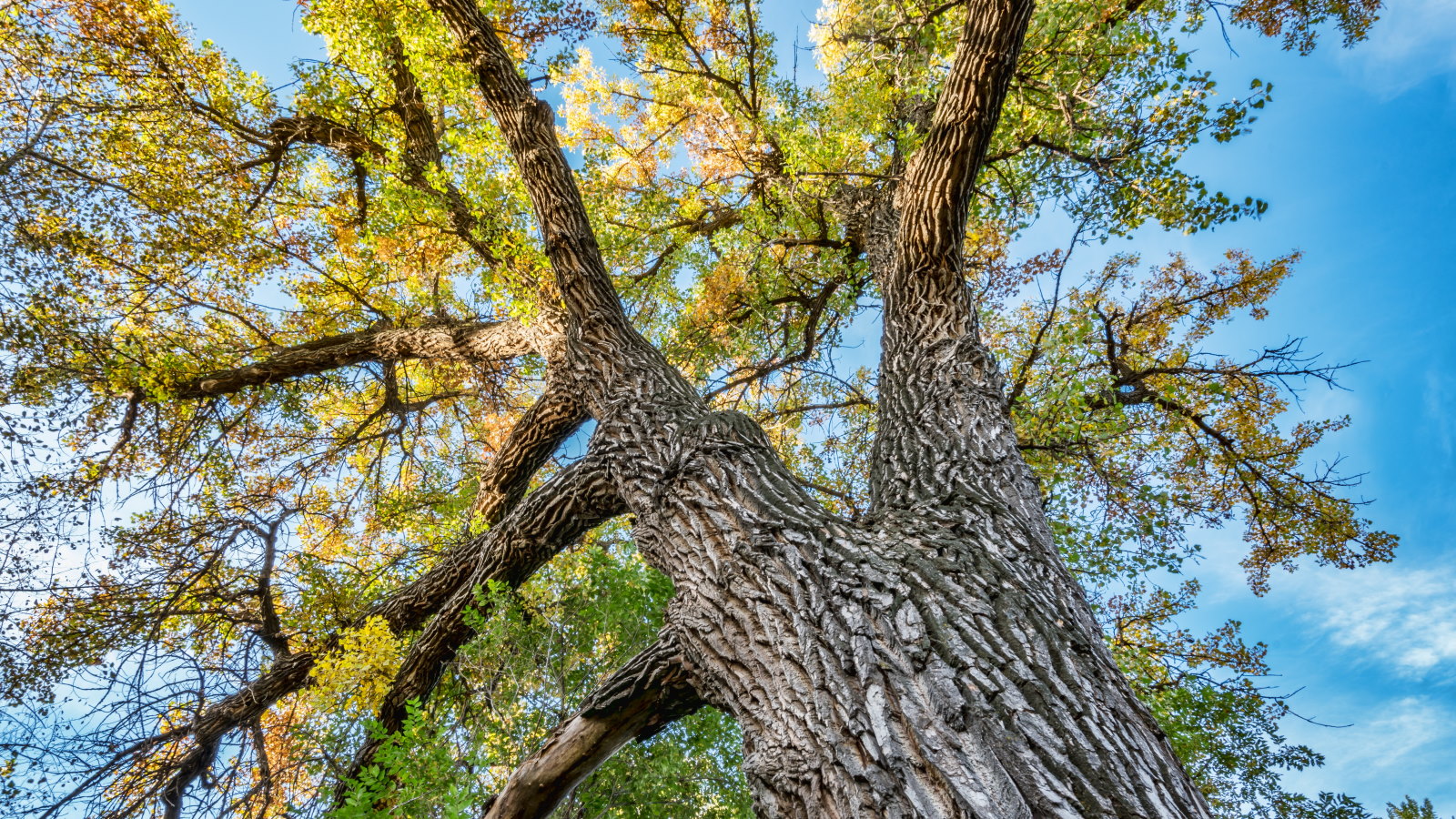 Safety is the number one reason to prune a cottonwood tree – an arborist reveals the best trimming routine to follow
Safety is the number one reason to prune a cottonwood tree – an arborist reveals the best trimming routine to followWhen and how to prune young and established cottonwoods
By Drew Swainston Published
-
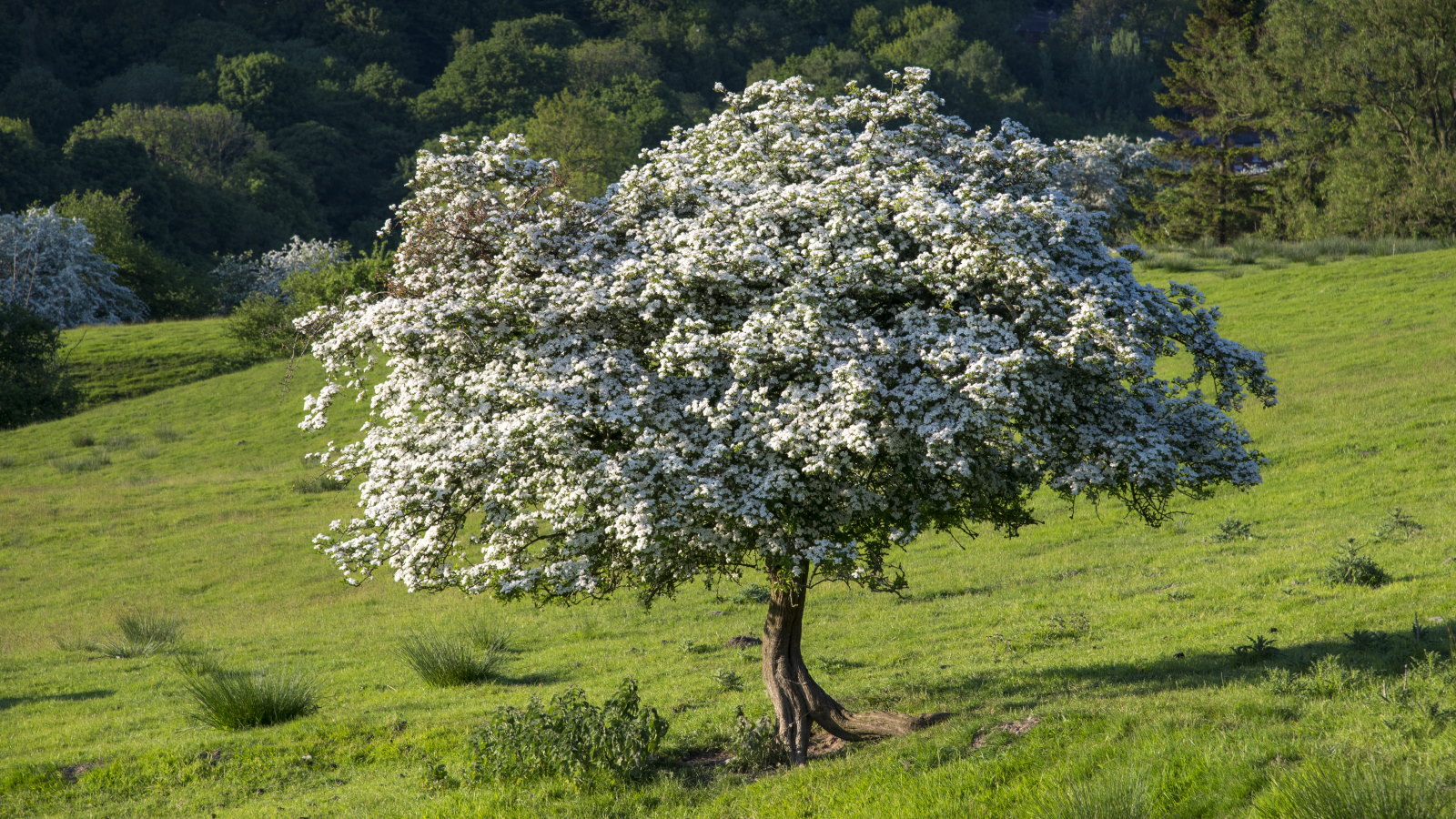 Now is the time to prune hawthorn trees to keep them healthy and attractive – 5 expert-recommended steps to follow for proper trimming
Now is the time to prune hawthorn trees to keep them healthy and attractive – 5 expert-recommended steps to follow for proper trimmingAvoid unnecessarily stressing your trees by pruning at the right time and not getting carried away
By Drew Swainston Published
-
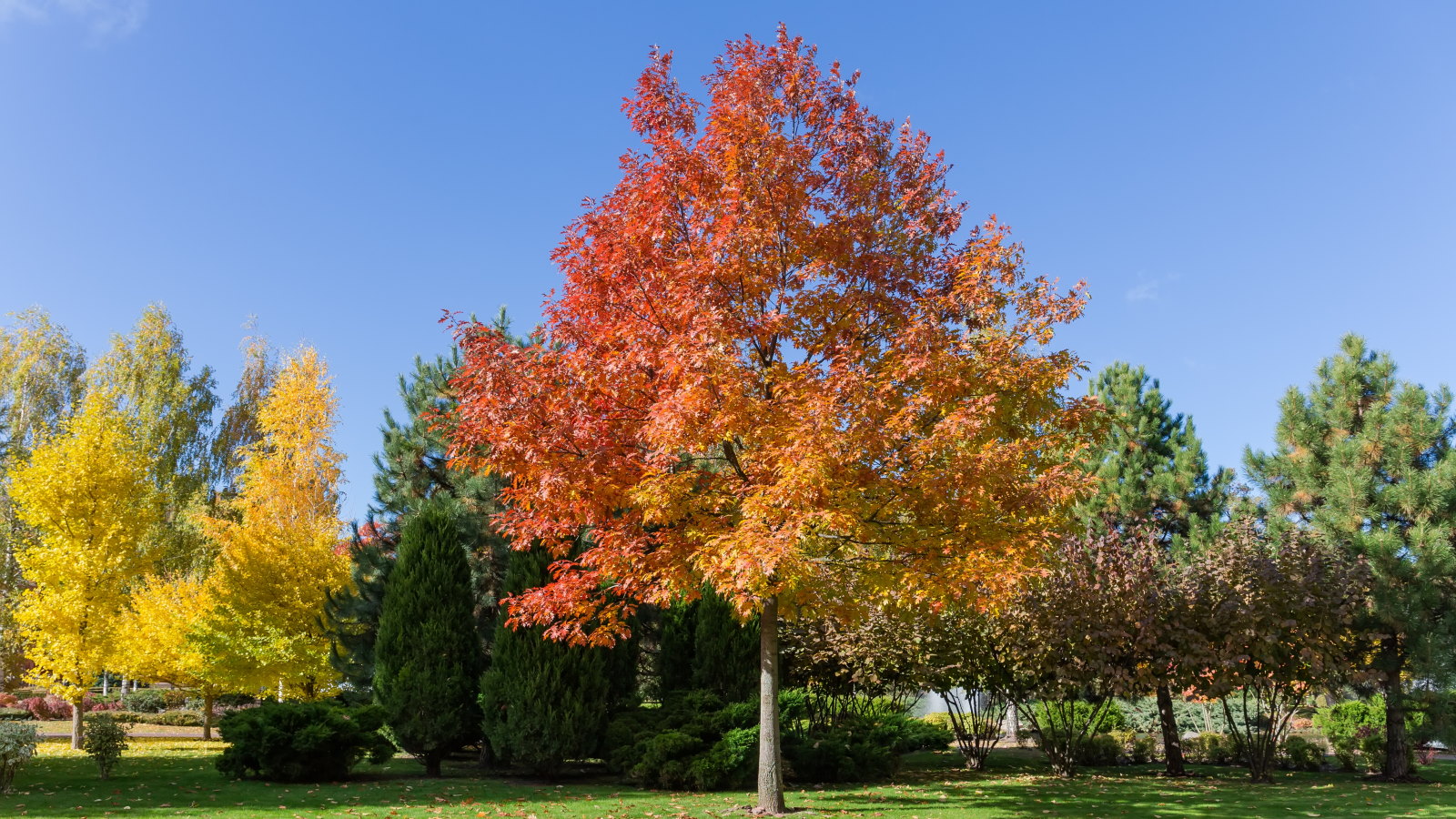 This is your last chance to prune oak trees to avoid a potentially fatal disease that can kill trees within months, arborists reveal
This is your last chance to prune oak trees to avoid a potentially fatal disease that can kill trees within months, arborists revealStay safe and discover what you can prune at different times of the year
By Drew Swainston Published
-
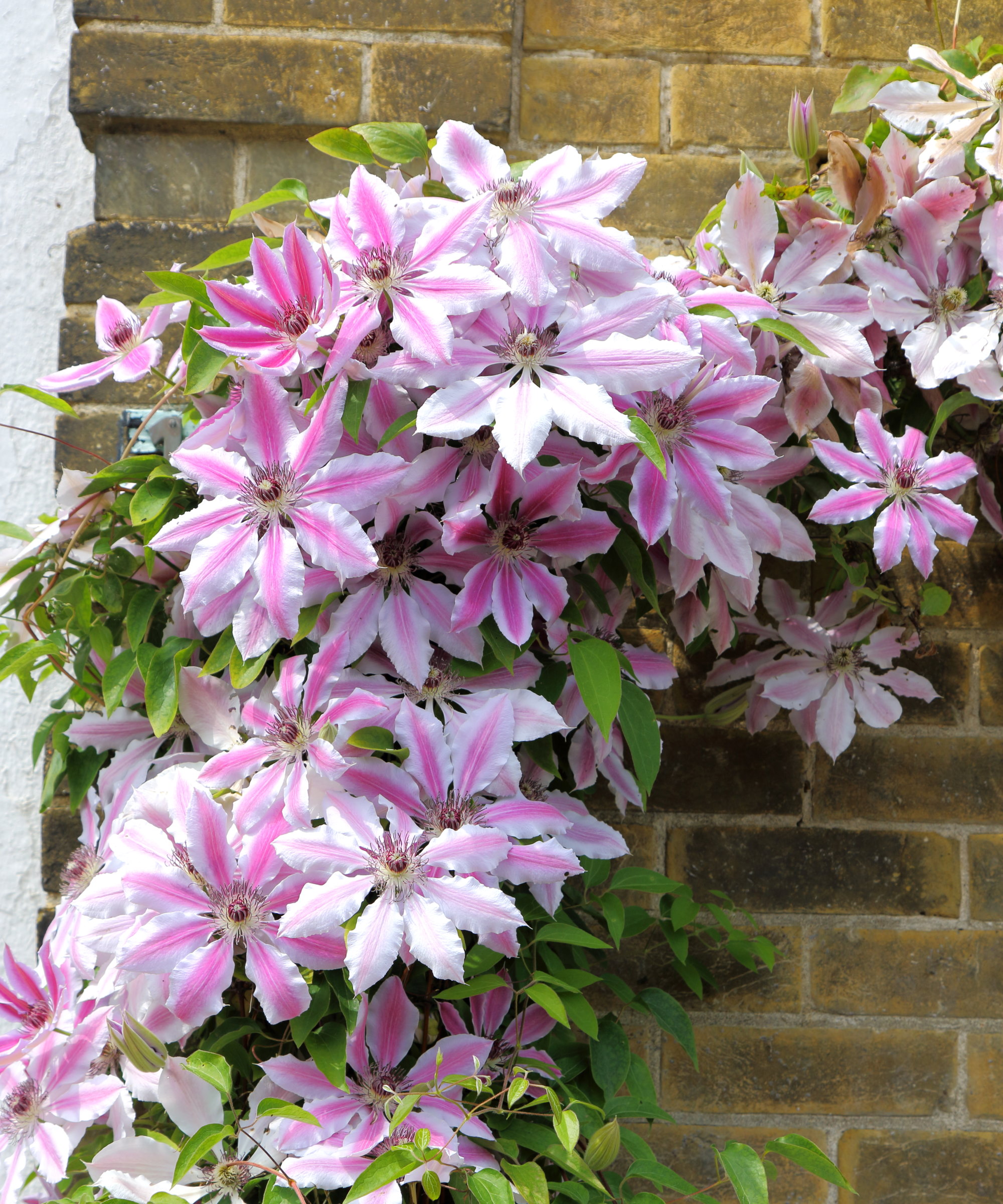 Expert horticulturists reveal 5 clematis pruning mistakes to avoid if you want spectacular floral displays
Expert horticulturists reveal 5 clematis pruning mistakes to avoid if you want spectacular floral displaysWhy you need to prune at the right time and not remove too much or too little
By Drew Swainston Published
-
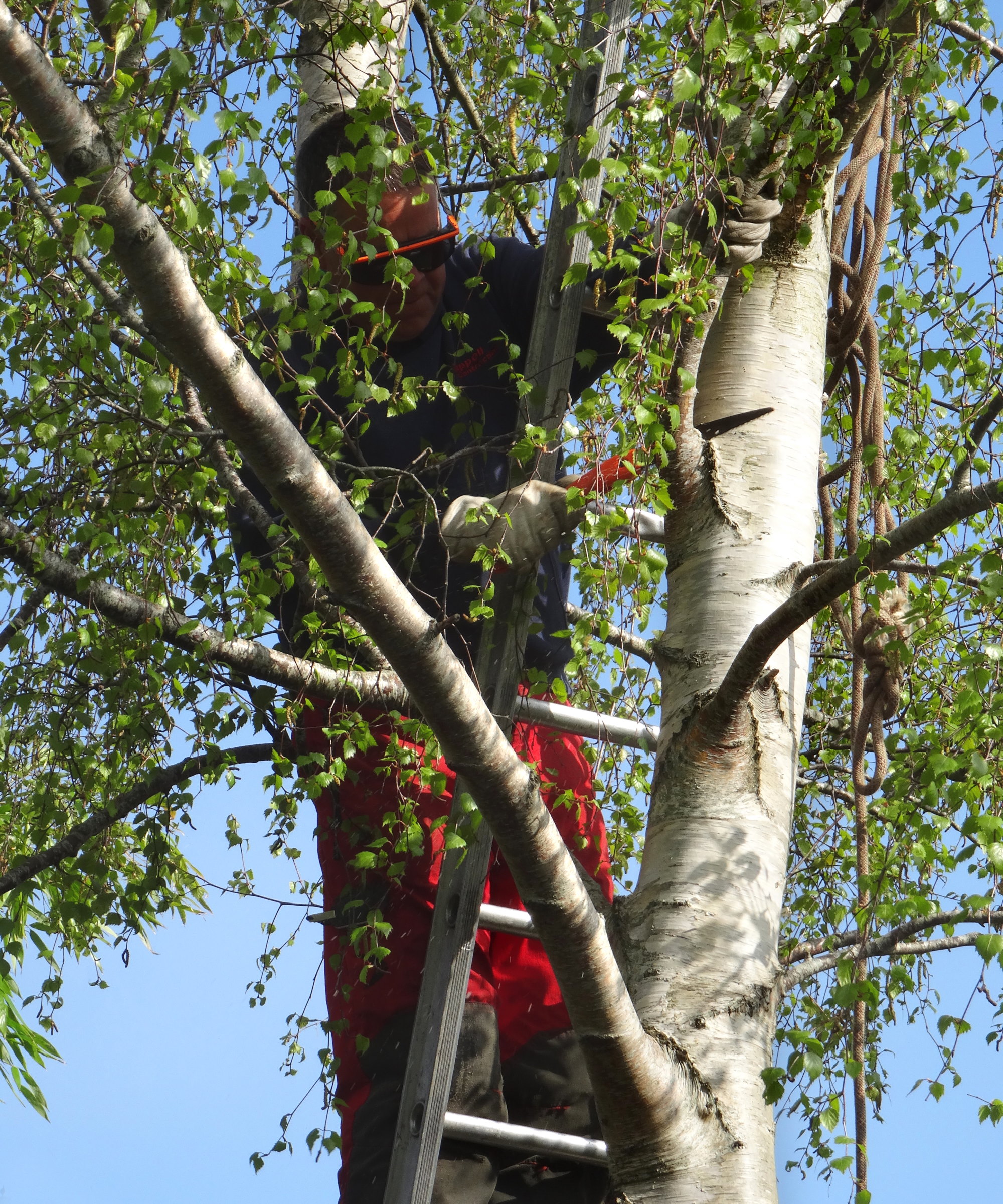 How to prune birch trees – arborists reveal 5 golden rules to follow and 3 things you should never do
How to prune birch trees – arborists reveal 5 golden rules to follow and 3 things you should never doAggressive pruning can be fatal to birch trees – here is how to avoid it
By Drew Swainston Published
-
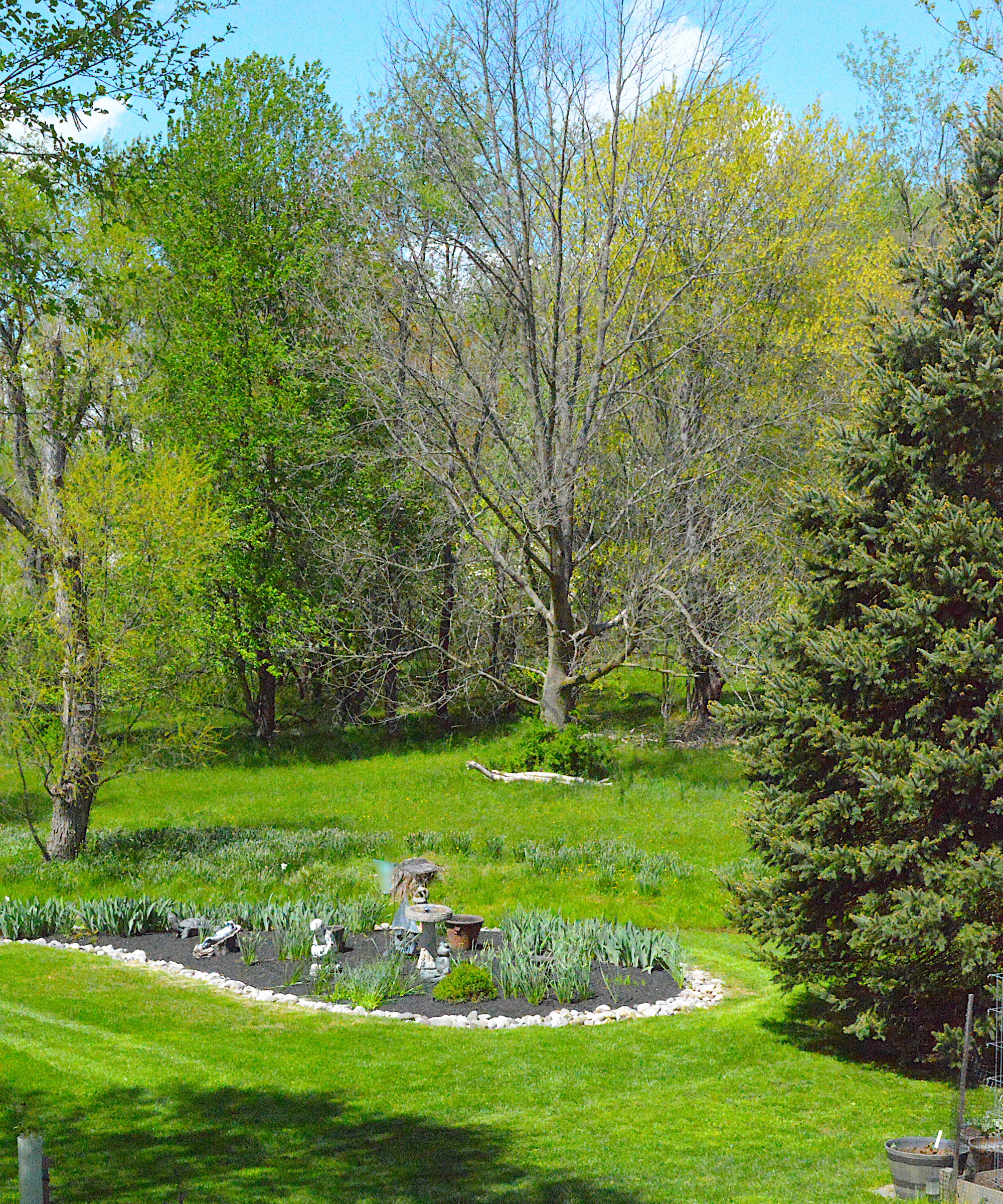 There's still time to prune deciduous trees this month – expert trimming advice for 9 of the most popular backyard trees
There's still time to prune deciduous trees this month – expert trimming advice for 9 of the most popular backyard treesThese trees will benefit from pruning in February with our handy guide
By Drew Swainston Published
-
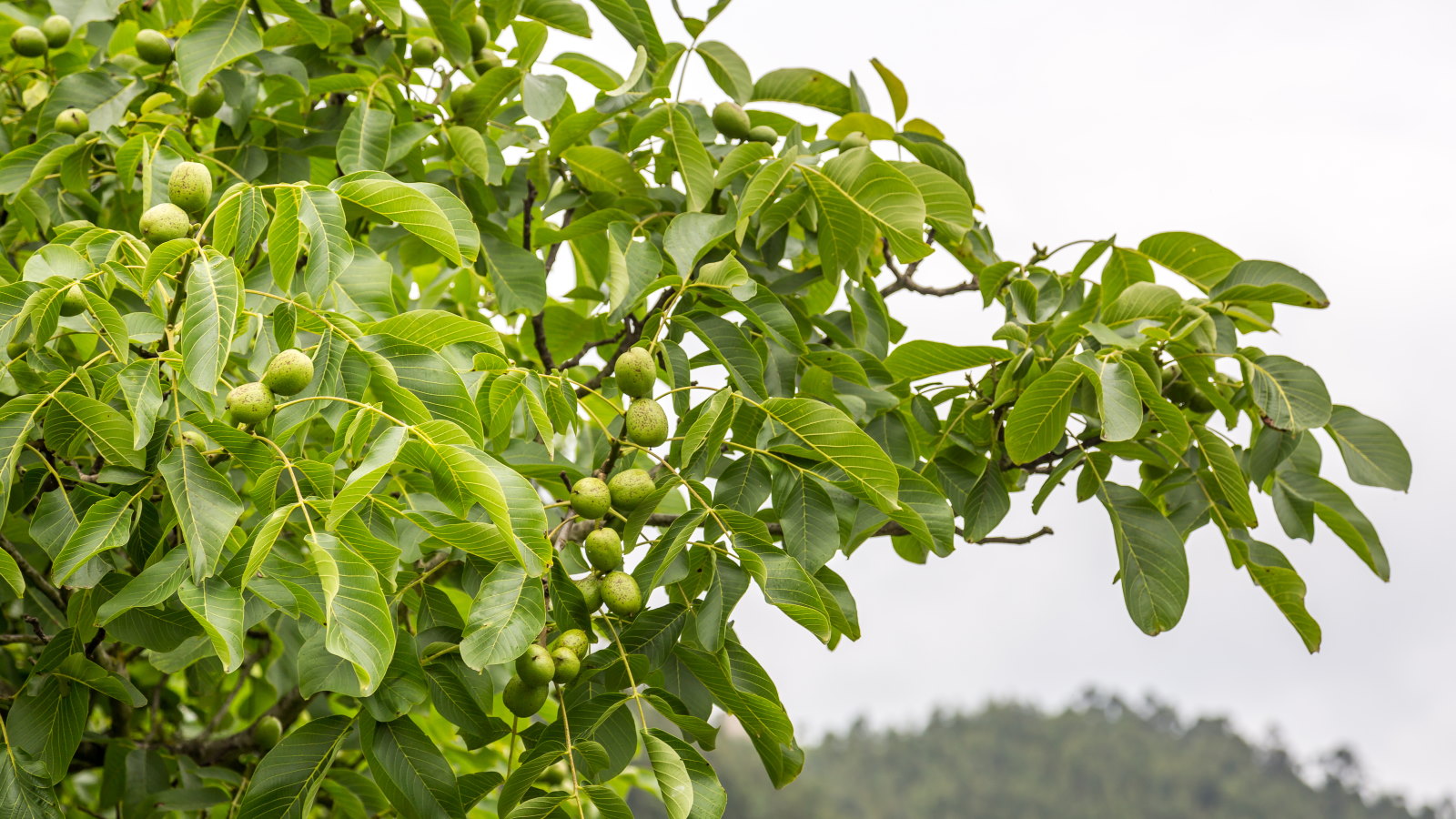 An arborist reveals the most forgiving time to prune a walnut tree – and the steps you need to know for safe pruning
An arborist reveals the most forgiving time to prune a walnut tree – and the steps you need to know for safe pruningDiscover when to prune a walnut tree with these expert-recommended tips
By Drew Swainston Published
